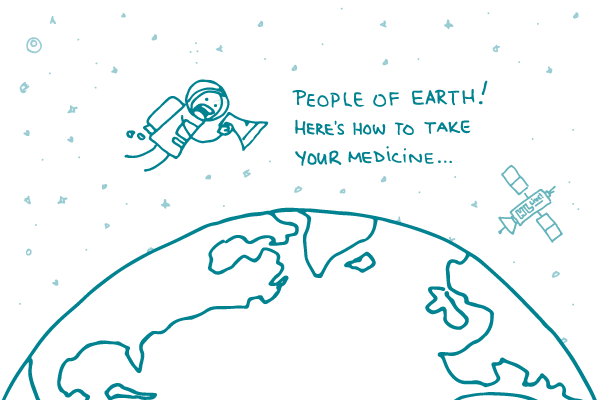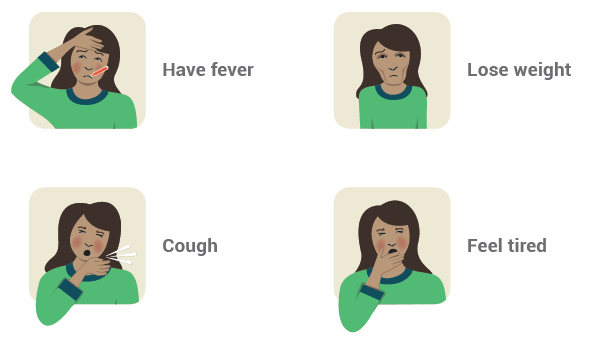
Here at We ❤ Health Literacy headquarters, we’re big on knowing your audience and tailoring your content — and that’s especially important when you’re writing for readers with limited English proficiency (LEP).
Of course, translating your materials is the most reliable way to make sure your readers will understand them. But sometimes, translation just isn’t feasible — especially for less common languages. So what can you do when the audience for your English-language materials includes readers with LEP?
As always, writing in plain language is a great start! Here are a few more specific tips.
Keep it simple. Be sure each word’s meaning is clear, since your readers may not have a nuanced understanding of English. Take a look at this example:
Once you start the medicine, don’t stop without talking to your doctor.
A reader who isn’t familiar with the multiple meanings of “once” may think you only need to take the medicine 1 time. Add to that the double negative of “don’t” and “without,” and you have a recipe for confusion. Instead, try being more specific:
Take 1 pill every day until they’re gone. If you want to stop before you finish all the pills, ask your doctor if it’s safe to stop taking them.
Avoid idioms. Idioms can help your writing feel conversational, but a phrase that doesn’t have a literal translation — like “keep an eye on it” or “rule of thumb” — can confuse readers with LEP.
Use visuals to support your message. Icons and images give readers additional information that can help them understand the accompanying words. This series of fact sheets on tuberculosis from the Massachusetts Department of Public Health uses illustrations to help readers grasp key concepts, like disease symptoms:

The bottom line: For people with limited English proficiency, use simple, straightforward language and visuals to communicate your message.
Browse recent posts